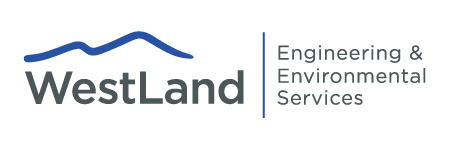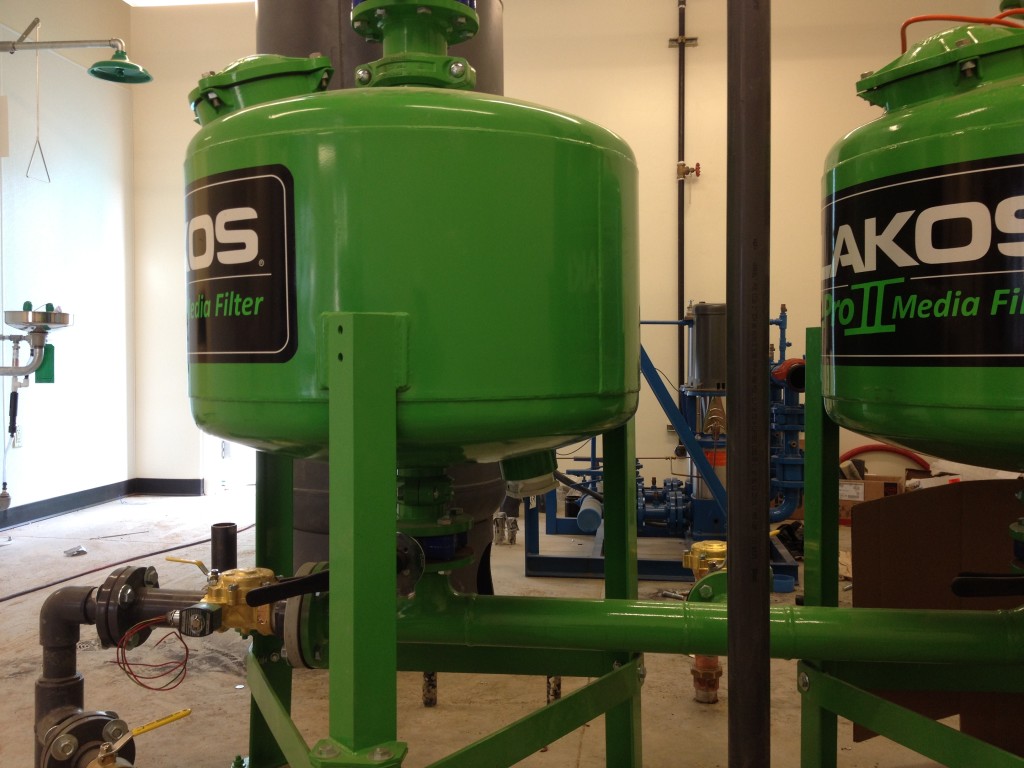WRI Construction and WestLand were asked by the Miraval Resort in Tucson to design and build a 50,000 gallons per day (gpd) wastewater reclamation facility (WRF) that would allow the resort to expand. The resort’s goals for the WRF were:
- Produce A+ quality reclaimed water for reuse for landscape irrigation. A+ means that, besides the usual treatment requirements, effluent nitrogen levels below 10 ppm and turbidity less than 5 NTU.
- Have the ability to recharge all of the water in the event irrigation system couldn’t be used. This could be because of heavy rainfall or during maintenance of the irrigation system.
- Build a plant that couldn’t be smelled or heard from the resort, and that couldn’t be seen by resort guests.
- WRF in operation within a short timeframe in order to begin construction of the resort expansion.
- Construction of the WRF should not interfere with the resort.
The resort also had some unusual treatment requirements: 1) high influent nitrogen loading, 2) extremely variable organic loading, 3) extremely low flows during the summer, and 4) a laundry facility with low organic load combined with some chlorine.
Instead of traditional headworks for primary treatment, the plant uses three parallel anaerobic reactors to remove settleable solids, with biofilters to remove fines before secondary treatment. For this site, the anaerobic reactors provide several advantages over traditional headworks. The anaerobic reactors provide buffering for the highly variable organic loads and protect the WRF from toxic loads such as chlorine, the reactors remove grit that could settle in the secondary treatment tanks and can cause wear to the pumps, and the reactors require less labor than traditional headworks. The biofilters are cleaned weekly, and, although the WRF has been in operation for over a year, the operators have not had to remove solids from the reactors.
Secondary treatment is provided by a 4-stage anoxic/aerobic reactor. Stages 2 and 4 are aerated and remove the organic load and nitrify ammonia to nitrates and nitrites. Stages 1 and 3 denitrify the nitrate and nitrite to inert nitrogen gas. Stages 1 and 3 are anoxic with mixing and aeration controlled by the oxidation-reduction potential of each tank. Stage 3 includes a carbon source that can be used if organic carbon is not available for denitrification. Effluent from the final stage passes through a clarifier that removes solids by gravity, then a pressure sand filter, and is disinfected using calcium hypochlorite.
Treated effluent is stored onsite and a pump station is provided to use for irrigation and for use at the WRF. Treated effluent that isn’t reused is dechlorinated and then recharged in one of the two recharge basins.
During the off-season, the plant can be reconfigured into a two-stage anoxic/aerobic secondary treatment plant and, if required, the carbon source can be used in the first stage to add organic carbon for denitrification or just to keep the process healthy.
All of the tanks are sealed and are attached to a negative pressure odor control system. The blowers are housed in a sound proof room within the operations building. The operations building also contains the computers and electronics that run the system, the sand filters and reuse pump station, a laboratory, a lavatory, and emergency eye wash and shower. All of the treatment tanks are underground and the site is enclosed in a block wall.
During design, special attention was devoted to ease of operation and maintenance. Our philosophy is that if things are maintained the plant will operate properly, and if maintenance is easy and clean, the plant will be maintained. For example, an operator could change the diffusers in a single tank in less than 5 minutes. Pumps are easily accessible and there is ample room for the vehicles that might be required to move a pump, or to remove solids from the anaerobic reactors and the sludge tank.
Construction was completed ahead of schedule and the plant began operations in February 2014. Flows have ranged from 7,300 gpd to 42,000 gpd. The plant has met all permit requirements. The average effluent nitrogen has been 2.5 ppm – well below the 10 ppm limit, and with the exception of startup, no supplemental carbon has been required. The average turbidity is 1.3 NTU compared to the required 5 NTU limit.


